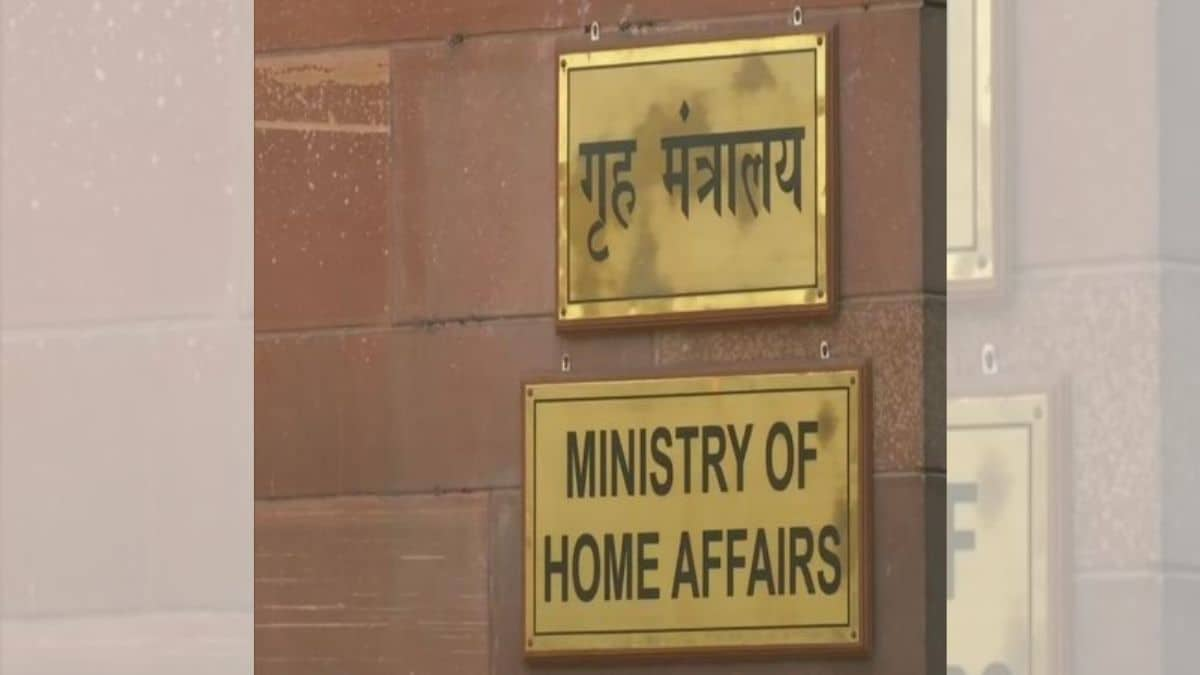

India is set to conduct its next Population Census in 2027, marking the first count in 16 years due to delays caused by the COVID-19 pandemic. This census will also include a caste enumeration, a move that has been a subject of much debate and anticipation. The enumeration of castes will be a significant addition to the census, which is usually conducted every 10 years.
The Union Ministry of Home Affairs (MHA) announced that the census will be conducted in two phases, with the reference date for most of the country set as 12:00 a.m. on March 1, 2027. However, recognizing the logistical challenges posed by snow-bound regions, the census will begin earlier in the Union Territory of Ladakh and the non-synchronous snow-bound areas of Jammu and Kashmir, Himachal Pradesh, and Uttarakhand, with a reference date of 12:00 a.m. on October 1, 2026. The government intends to publish the notification for conducting the Population Census in the official gazette tentatively on June 16, 2025, as per the Census Act of 1948.
This census will be a comprehensive data-gathering exercise, essential for updating the country's demographic profile and informing policy decisions. The last census, conducted in 2011, recorded India's population at over 121 crores, with a growth rate of 17.7%. The 2021 census was postponed due to the pandemic after preparations had been made. The 2027 census aims to restart the process of collecting and using demographic data for effective policy-making after a long gap.
The inclusion of caste enumeration is a notable development, addressing demands from various political parties and states for a formal caste census. This enumeration aims to provide data to aid in policy planning and welfare distribution. The decision to include caste data was made by the Union Cabinet on April 30, 2025. Union Minister Ashwini Vaishnaw described the move as a step towards social and economic empowerment and holistic national progress.
The upcoming census is also expected to be the first digital census, utilizing a mobile app for data collection and a dedicated portal for managing census-related activities. This digital approach promises to streamline the process and enhance the accuracy and efficiency of data collection.
However, conducting a caste census also presents challenges. Experts point out that the primary challenge is to list the total number of castes and communities accurately, given the lack of a comprehensive repository. The 1931 Census, the last one to enumerate castes, identified over 4,147 different castes and sub-castes. The Socio-Economic and Caste Census (SECC) in 2011 yielded over 46 lakh different "castes," due to many citizens entering their surnames. The dynamic nature of caste identities, linguistic variations, and regional diversity add to the complexity.
Another challenge is the potential for misclassification and bias. Enumerators may rely on assumptions based on surnames rather than directly asking respondents, leading to skewed data. Ensuring data accuracy and protecting individual privacy will be crucial. There are also concerns that caste-based data could be misused for political gains, and there is a need for strong data protection laws.
Despite these challenges, the caste census is seen as a critical need for inclusive governance. Proponents argue that accurate caste data is essential for fair resource allocation, determining reservations, and addressing caste-based disparities. It can enable better-targeted welfare programs and more inclusive policy-making.
The completion of the 2027 Census is expected to pave the way for a fresh delimitation exercise, redrawing Lok Sabha and Assembly constituencies. This will be followed by the implementation of women's reservation and potentially "One Nation, One Election" or simultaneous elections.